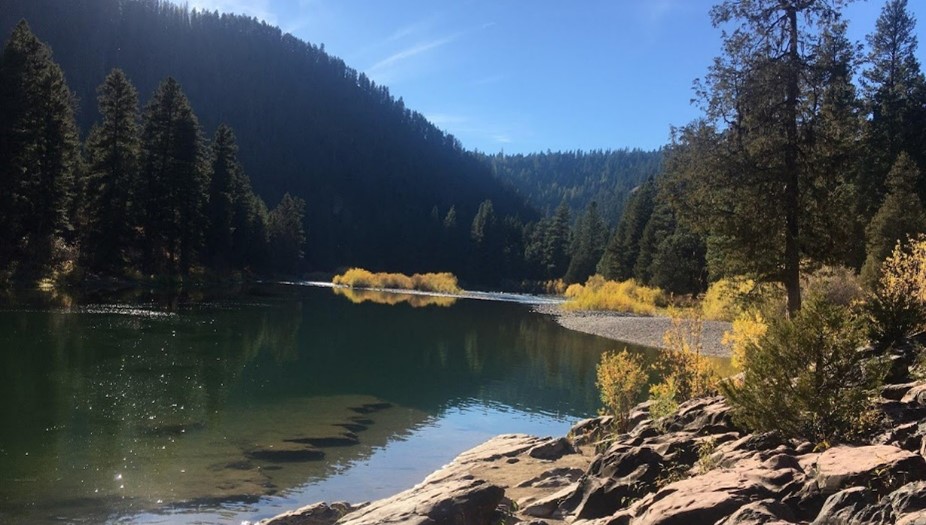Story by Clancy Jandreau Blackfoot Challenge Water Steward
As the willows and cottonwoods turn golden and the calendar turns to October, another summer of drought response has come to a close in the Blackfoot watershed. In late September, the Drought Committee of the Blackfoot Challenge agreed to end this year’s drought response, which had been in place since August 1st when the Blackfoot River first dropped below 700 cfs. This year marks the 15th year, out of the past 24, that drought response has been implemented since the Blackfoot Drought Plan was first created in the year 2000. Despite relatively average snowpack conditions leading into the year, an early and rapid runoff in May led to well below average flows in the Blackfoot river from mid-May through August. While conditions never reached the point of implementing hoot owl fishing restrictions like some Montana rivers saw this year, flows in the Blackfoot teetered around the critically low threshold of 500 cfs for some time in late July and August. The dozens of irrigators implementing their individual water conservation plans, and well above average precipitation in August helped keep the river above that critical threshold this summer. A huge thank you to all those who voluntarily cut back on their water use this year; to those who chose to practice low-stress fishing techniques during the hottest months; to the volunteers who helped pick up trash during the 20th annual Blackfoot River Cleanup; and to anyone else who contributed to the betterment of the Blackfoot River this year! The river — lifeblood to our economies and ecologies — thanks you!

The Blackfoot River dropped below drought response levels for much of the summer this year. Water conservation efforts by irrigators and homeowners helped to ensure that water levels stayed above the extreme low-flow drought trigger of 500 cfs — at which point all junior water rights holders are required to cease use of their water to protect native fish habitat. Avoiding that low flow trigger is a testament to the shared giving that Blackfoot landowners commit to during the watershed’s voluntary drought response process.
